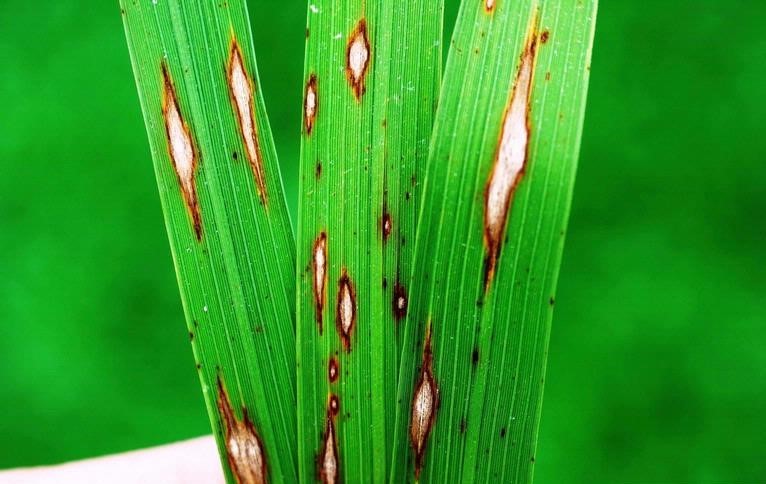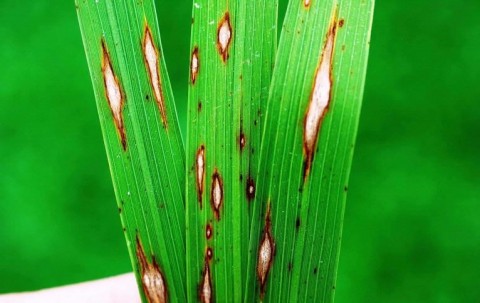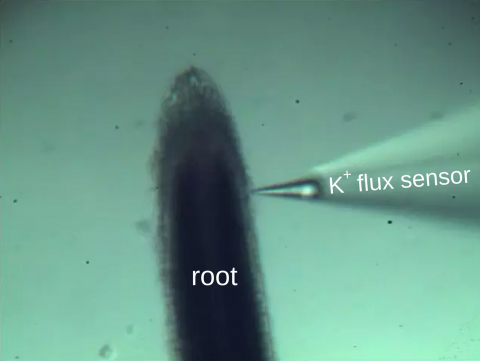When you were a kid, your mother may have encouraged you to eat healthy because it would keep you from getting sick. Good nutrition can certainly help your immune system, and funnily enough, the same is true for plants! In agriculture, people have found that the use of potassium-rich fertilizer tends to reduce incidence of disease, leading them to wonder if good nutrition for plants protects them from sickness. Plant scientists have proven this to be true and realized that plant nutrition might be more important than they previously thought.
One new research question came up recently; since nutrients help plants resist disease, do pathogens ever fight back and deprive plants of these nutrients? In January 2018, Yuese Ning and Guo-Liang Wang from the Chinese Academy of Agricultural Sciences and Yi Wang of China Agricultural University jointly published a paper in the journal PLoS Pathogens, titled "The fungal pathogen Magnaporthe oryzae suppresses innate immunity by modulating a host potassium channel." They wanted to know, do pathogens ever try to attack a plant by preventing it from absorbing essential nutrients?
To answer this question, they decided to study K+ intake during rice blast, a devastating rice crop disease caused by the fungus Magnaporthe oryzae. They found that M. oryzae secretes a protein called AvrPiz-t, which interacts with a K+ channel in rice and possibly suppresses K+ uptake during disease. To test this, they purchased an NMT system from us and used it to directly assess the K+ influx of a wild type and an AvrPiz-t transgenic line of rice. Between these varieties, they found that the transgenic line had significantly less influx than the wild type. These results indicate that the fungus's protein AvrPiz-t was indeed inhibiting K+ uptake as they suspected.
This study demonstrates a potentially momentous new mechanism; we now know that pathogens can regulate immune responses by disturbing the plants' uptake of nutrients. This discovery was made possible because the NMT system allowed them to prove the change in nutrient uptake by measuring the dynamic flux of ions like K+ rather than just the concentration. If others were to continue this research, they could measure the flux of even more plant nutrients like Ca2+ and Mg2+ with an NMT system such as the NMT Physiolyzer®. With more excellent research and technology like this, perhaps we will soon see new solutions for preventing crop disease!
Experience the NMT Physiolyzer® Our most advanced NMT system yet: This highly advanced instrument is allowing scientists to discover physiological functions of live samples in innovative new ways. With customizable software, you can choose from 12 ions and molecules for your own personalized system.
The Theory of NMT Check out the principles of how NMT works.




